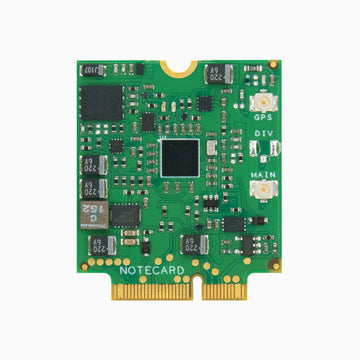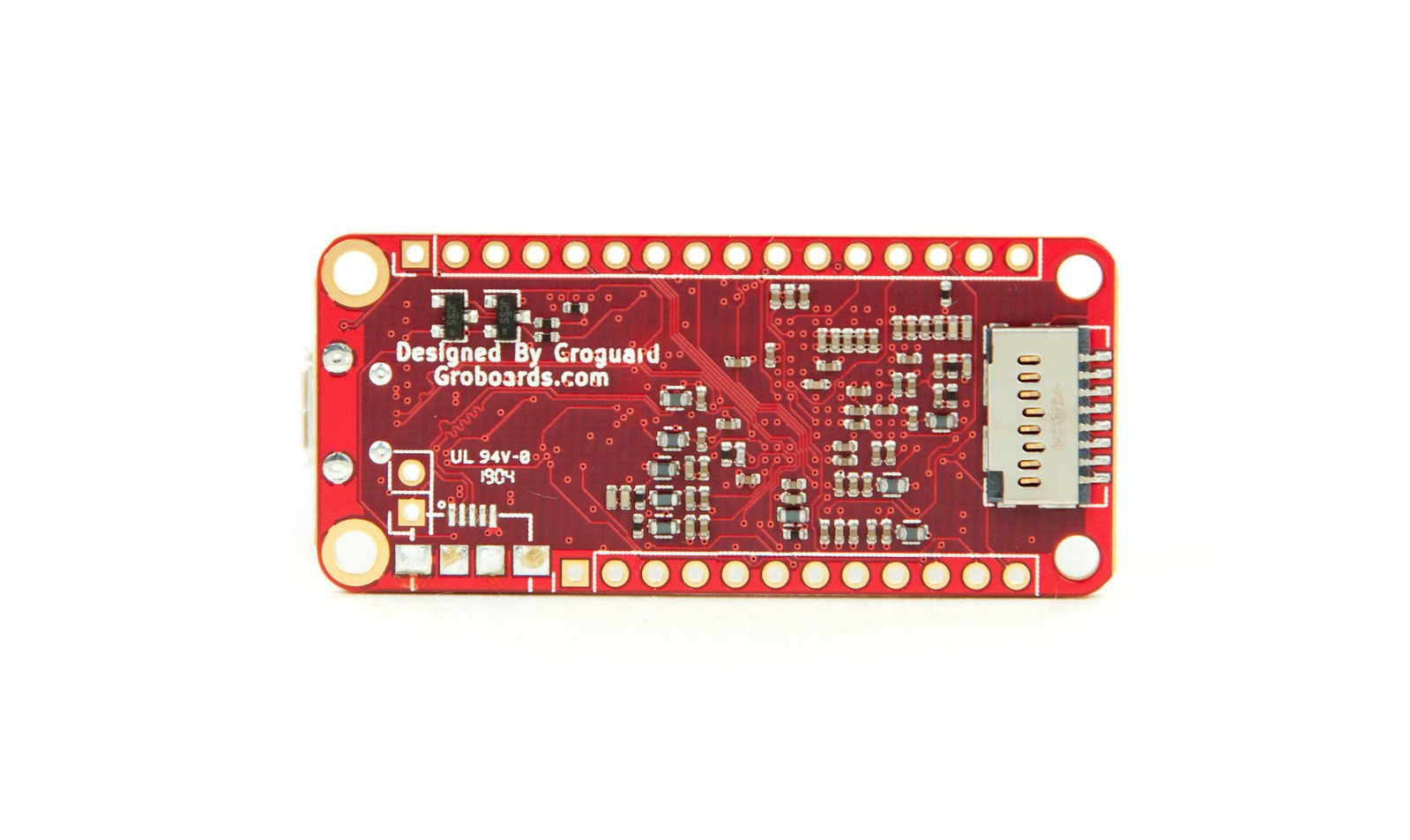June 2023
Feather Holding Tank Level Monitor
Functional Requirements
- Non-contact liquid level detection from above at a distance of 12"/30 cm/305 mm to 0"
- 12 inch probe depth (my application)
- Waterproof to IP67
- Extremely corrosive environment (urea)
The existing hole to the tank is ~ 1-1/8" dia (29 mm) and the flange is 2-7/8" dia.
Liquid Level Sensor
Ideally, the holding tank contents should be macerated sewage to limit the capability of it from physically obstructing the tank level sensor. Macerator based toilet system are commonly available and used for marine vesssels.
Note that urine contains urea, an extremely corrosive chemical that attacks even corrosion resistant grades of stainless steel when exposed for a long duration.
Measurement of the holding tank level using a laser, ultrasonic, or other time-of-flight visual sensor is a poor choice because any splashing of the sensor will compromise its performance. Many float based sensors are available, but they often designed such that they are easily compromised in terms of corrosion and obstruction by the holding tank contents.
Plastics like polypropylene and polyvinyl chloride (PVC), are commonly used in sewage systems due to their resistance to corrosion. Coating the sensor shaft with fluoropolymer coatings, such as PTFE (polytetrafluoroethylene) or PFA (perfluoroalkoxy) will provide excellent chemical resistance, including resistance to urea. PFA and PTFE are known commonly as non-stick coatings and are available in an epoxy adhesive such as BA-500 Teflon Adhesive Epoxy. Alternatively, and expoxy or ceramic coating may provide protection from the urea.
The magnets used are from K&J Magnetics are PN D33-N52 CYLINDER 3/16" x 3/16" in grade N52 and standard D33. A less strong version of this size magnet in grade N42 is D33-N42.
The liquid level sensor is a Rochester Sensors 9800 Marine Series top mount mounted fuel sender. A nitrile rubber (NBR) float with a magnet embedded into it rides up and down a stainless tube that contains reed switches sealed inside. The magnet in the float stimulates the reed switches, generating an almost continuous output as a change in resistance between 30 (tank full) and 240 ohms (tank empty), or 240 ohms with no magnet present. The sensor is available in lengths for tanks 4" to 42" deep.
The Rochester 9800 Marine Series fuel sender doesn't work well for holding tank applications because of the minimum gap between the sender tube and the inside diameter of the float. I designed my own float with an 18 mm inside diameter, and 34 mm outside diameter. The sensor tube outside diameter is 11 mm, so my float provides a gap of 3.5 mm between the float and the shaft. The float outside diameter is 3 mm smaller than the ~37 mm diameter of the mounting flange gasket, insuring it can be a compatible installation. The square recessed areas on my float allow for the installation of the D33-N52 magnets. My revised sensor was installed 27 June 2023.
Prior Holding Tank Monitor
The old 9800 Industrial sensor was in rough shape after six years of use. The float was degraded, and the shaft had a lot of corrosion build up. Over the past six years, I have had to clean the corrosion off of the stainless shaft every few months so that the float would be free to slide up the shaft with the sewage level. I replaced the 9800 Industrial senso with the 9800 Marine Series sender. However, that new sensor only lasted hours before corrosion and crud on the sensor shaft prevented the float from moving. The revised sensor had a smaller gap between the shaft and the float inside diameter, allowing any corrosion to quickly restrict the float movement.
Six years ago I found a 12 inch fuel level sensor based on reed switches that approximated a continuous output. The sensor is a Rochester Gauges 12 inch Reed Switch Fuel Level Sender, 39 to 245 ohms. Since that installation, a new marine version is available as 9800 Marine Series. I created a custom bar LED display that was calibrated to be proportional to the sensor position (tank level). The technology is based on an Arduino Uno microcontroller and the bar LED is a Adafruit Bi-Color 24 Bargraph. The bargraph actually supports three colors (green, red, yellow), and the I2C interface makes is very easy to program.
Under Development

Do you need help developing or customizing a IoT product for your needs? Send me an email requesting a free one hour phone / web share consultation.
The information presented on this website is for the author's use only. Use of this information by anyone other than the author is offered as guidelines and non-professional advice only. No liability is assumed by the author or this web site.
.png)
.png)
.png)
.png)







.png)






